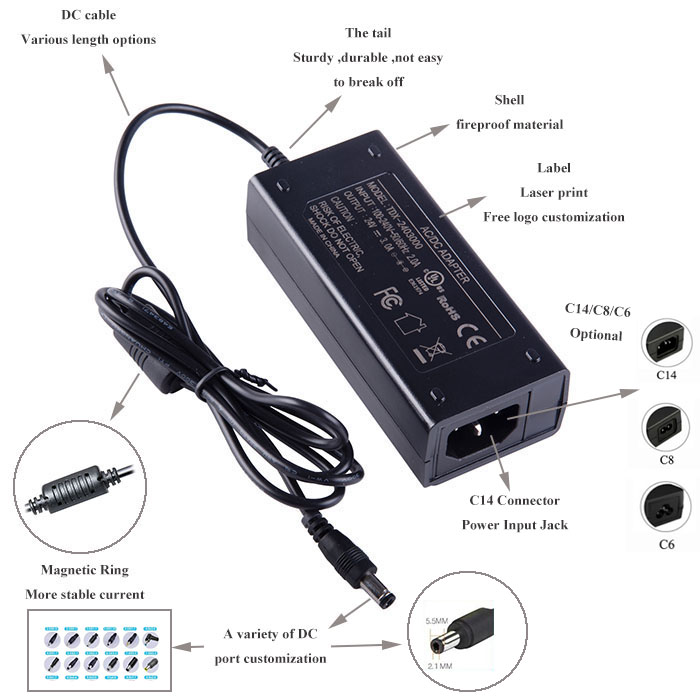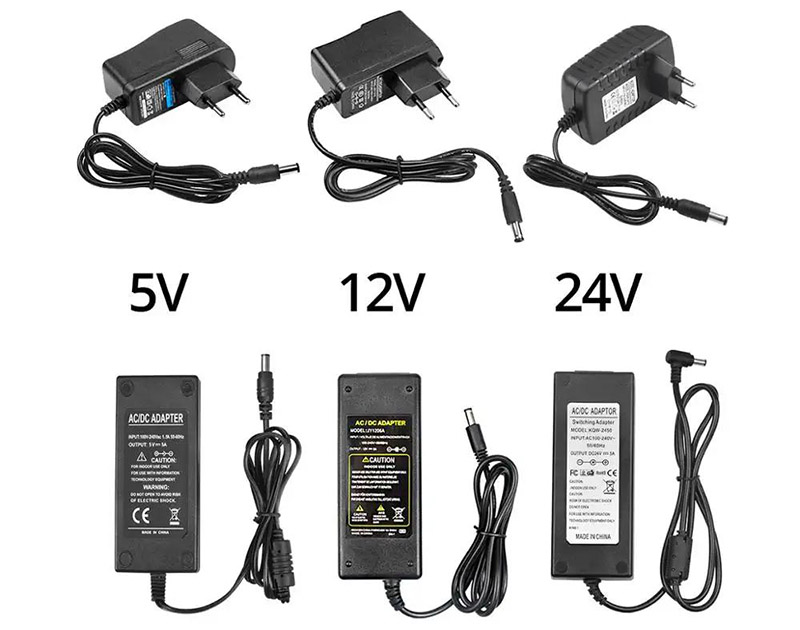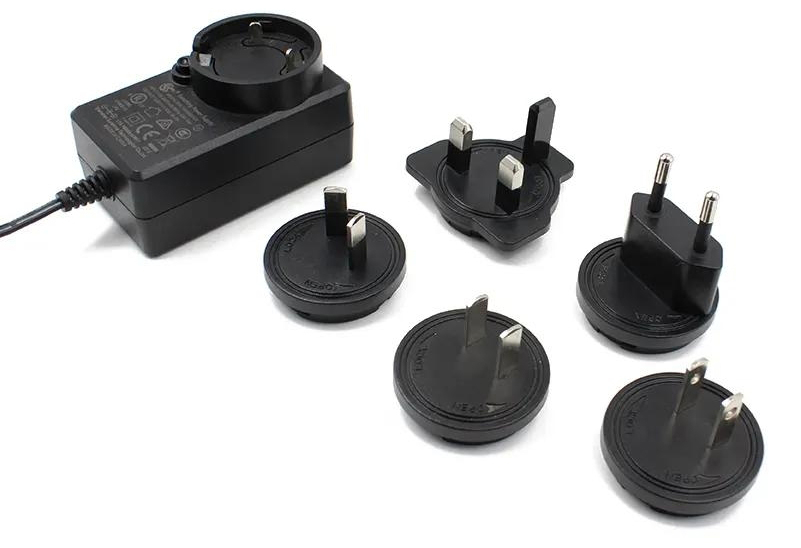From our mobile devices and laptops to televisions, microwaves, dishwashers and more, electronics have become an integral part of our lives. Many of these devices require an AC adapter to power them.
Are you looking for the right AC adapter? In this comprehensive guide, we’ll take a deep dive into the world of AC/DC power adapters, exploring their features, applications, and factors to consider when choosing one.
Understanding AC and DC Adapters
The AC/DC adapter, often referred to as a power adapter, serves an integral role in the power supply sequence. It functions as a prevalent external energy provider for electrical appliances incapable of deriving direct power from the primary electricity grid.
The AC/DC adapters can transition alternating current (AC) into direct current (DC), and inversely so, guaranteeing electronic systems obtain appropriate energy required for their seamless operation.
Typically the internal housing of these devices does not accommodate the sizable components necessary for this transformation. An externally pluggable power supply unit offers an enhanced degree of flexibility.
External power adapters are popular for making devices more portable, easy to fix or replace, and safe due to their low heat output. They also help to reduce noise.
Commonly found in chargers for phones and laptops as AC/DC adapters, they also serve critical functions in specialized fields where motors and automation equipment are frequently used.
Different AC-DC Adapter Types
There are many types of AC-DC adapters used for different purposes. Adapter selection depends on the specific requirements of the equipment you are powering. In this section, we will discuss the different types of AC-DC adapters commonly used in professional settings.
How Does the AC/DC Adapter Work?
AC adapters typically have a boxy central unit that contains the power-switching circuitry. It takes AC power from the mains power supply and converts it into DC power at the voltage required by the device.
The power cord then feeds power from the adapter to the device to charge its battery or keep it running.
Like most electrical devices, AC adapters are designed to be compatible with different levels of power (usually expressed in volts).
They also feature a variety of plugs for use with different outlet designs. For example, the UK standard power plug is different from the plug used in Europe, and it is different from the US standard plug.
Most AC/DC adapters are not universal and can only be used to power compatible devices. However, some models are designed as replacement chargers for multiple devices.
These universal power adapters are compatible with a range of voltages (such as 100-240 volts), and some even have different-sized plugs. The latter is also known as a star connector or X connector.
What Specifications do I Need to Consider When Choosing an AC Power Adapter?
When choosing an AC power adapter for your device, there are several specifications you need to consider:











